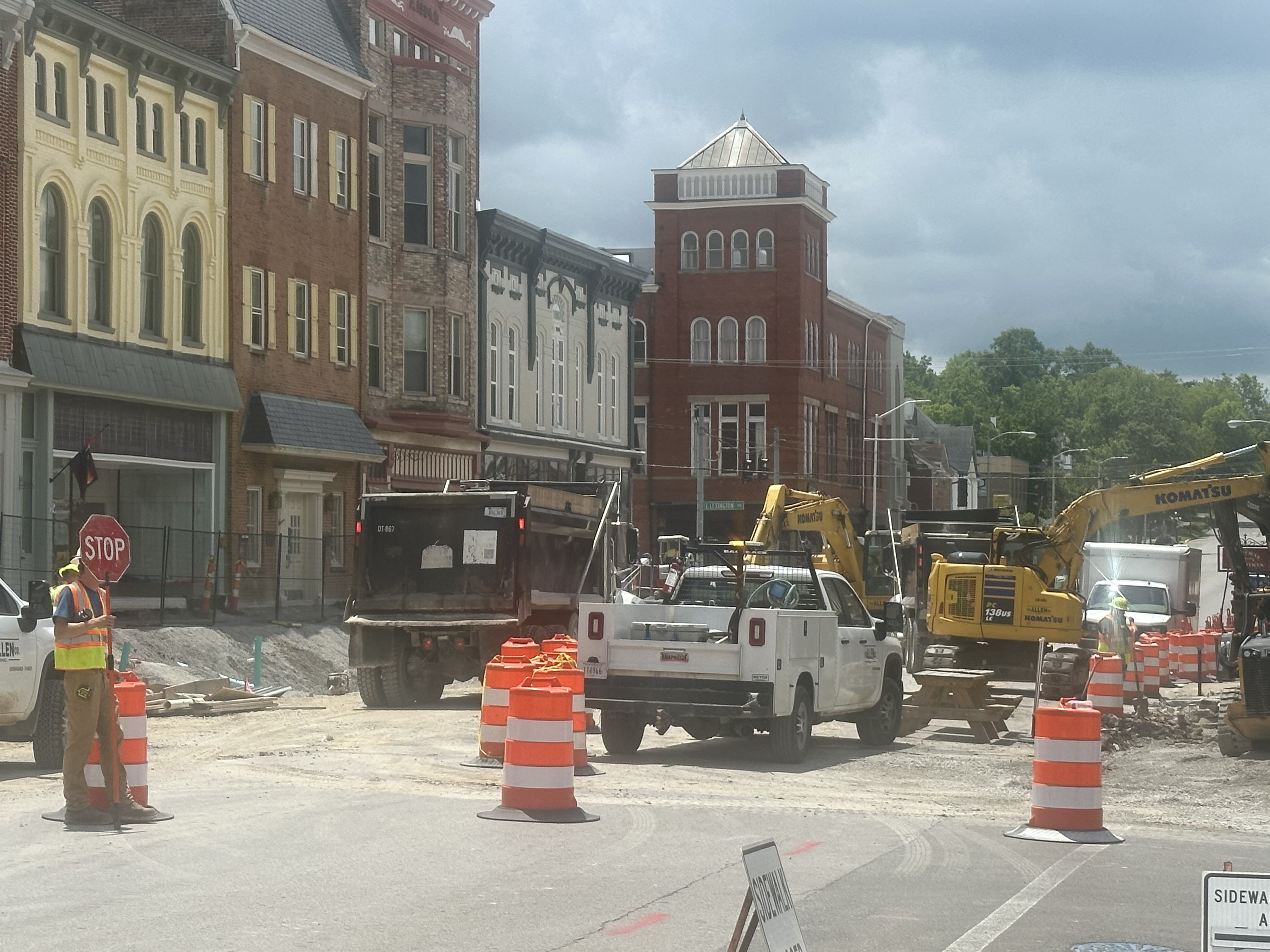Outside: The hills are alive with the sound of nature
Published 11:30 am Monday, October 2, 2023

- Steve Roark
|
Getting your Trinity Audio player ready...
|
By Steve Roark
Contributing Writer
When appreciating the natural world, getting out and seeing it is mostly how it’s done. We go on vacations or road trips to see beautiful things like forests, mountains, rivers, oceans, and canyons. This makes sense since we are wired to perceive the world mainly through the sense of sight. 30% of the neurons in our brain’s cortex are devoted to vision. For comparison, 8% is used for smell, and only 2% is used for hearing. One could conclude that sounds in our surroundings are not important, but I beg to differ. Sounds can have a profound effect on our emotions and sense of well-being. Sounds can also be used to evaluate natural habitats.
First, let’s categorize sounds, which have three basic sources. One is the geophony, the nonbiological sounds in any habitat. Things like wind in the trees, gurgling streams, and thunder. Another source is the biophony, which is all sounds produced by living organisms, such as crickets chirping or owls hooting. The third source is any sound produced by us humans, called anthrophony. Some sounds we produce are pleasing, such as music or a baby’s laugh. But much of it is chaotic and referred to as noise—loud traffic, equipment operation, and so on.
Biological sounds can be used to evaluate natural habitats and their health better. Typically, field scientists determine wildlife presence in a given habitat by observing them. But this limits them to what can be seen in the viewing area their eyes can take in. Any wildlife hidden by vegetation is overlooked. But many wildlife species, especially birds and insects, communicate in some fashion, and soundscapes can be recorded a full 360 degrees, even at night when viewing is limited. Recordings can be evaluated to determine the presence of individual species, along with an idea of their population. And if some voices drop out over time, it’s likely a sign that something is wrong.
Along with visually enjoying our natural world, I suggest that you also enjoy it phonically. Biophonies and geophonies are unique signatures of whatever natural area you find yourself in. So take the time and have the patience to stop, close your eyes, and listen. It will perhaps give you a better sense of place. Concentrating on sounds will better allow you to be “in the moment”, which is good for the psyche, according to health experts. Sounds have a powerful impact on our emotional state, affecting hormone secretions, breathing, heart rate, and brainwave activity. Think about how your alarm clock impacts you. That jolt you feel is also subconsciously felt when around other loud noises, such as a jackhammer and has proven negative impacts. But things like ocean waves, birds singing, and whispering trees are soothing and emotionally positive. So, get out there and see certainly, but also listen.
Steve Roark is a volunteer at Cumberland Gap National Historical Park in east Tennessee.





